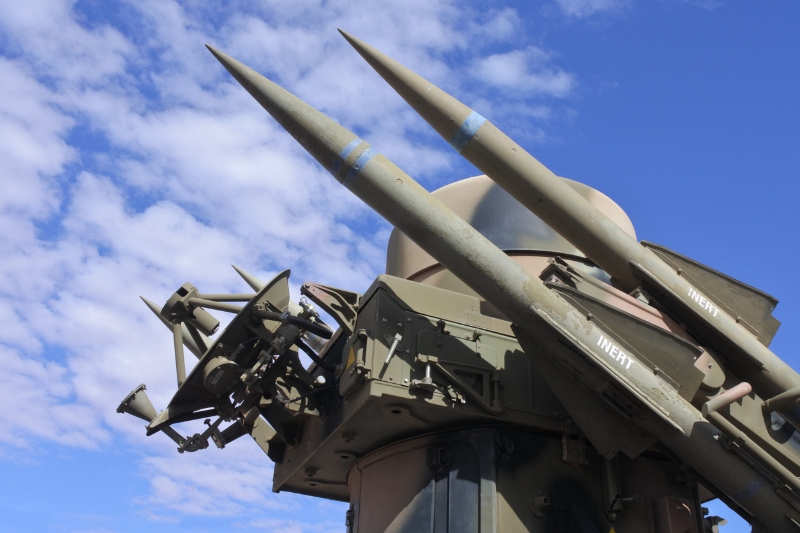Singapore’s acquisition of four Boeing P-8A maritime patrol aircraft, announced by Defence Minister Chan Chun Sing during a September 10, 2025, meeting at the Pentagon with US Secretary of War Pete Hegseth, significantly enhances the Singapore Armed Forces’ (SAF) anti-submarine warfare capabilities. Replacing the aging Fokker 50s, in use since 1993 and limited to surface surveillance, the P-8As enable the Republic of Singapore Air Force (RSAF) to counter submarine threats with advanced features like torpedoes, anti-ship missiles, sonobuoys, and electronic warfare systems. Derived from the Boeing 737 airframe, the P-8A offers superior range, low-altitude flight, and data fusion from onboard sensors, making it a critical upgrade for monitoring maritime threats amid the region’s growing submarine fleets.
The decision to choose the P-8A over alternatives like the Airbus C295 reflects both operational and strategic considerations, as noted by experts like Dr. Abdul Rahman Yaacob from the Australian National University. The aircraft strengthens Singapore’s maritime security, vital for protecting global trading routes, and signals a deepening defence partnership with the United States, particularly under the Trump administration’s push for allies to increase defence spending. Singapore’s defence budget, at about 3% of GDP, falls short of the 5% urged by Hegseth, but the P-8A acquisition aligns with broader regional interoperability with allies like Australia, Britain, and New Zealand under the Five Power Defence Arrangements.
The P-8A, operated by nine countries globally, enhances the RSAF’s ability to coordinate complex missions as a maritime command post, integrating air and naval operations. Experts like Chen Chuanren from Aviation Week Network highlight its role in building a cohesive, multi-domain warfighting network, supporting the SAF’s goal of becoming a fully networked force by 2040. The aircraft’s advanced capabilities fill a critical gap in Singapore’s maritime domain, complementing its integrated fighter and early-warning systems. While costs vary, New Zealand’s 2018 purchase of four P-8As for SGD 2 billion (USD 1.6 billion) suggests Singapore’s more advanced models could carry a higher price, to be detailed in US congressional notices.
This acquisition not only bolsters Singapore’s operational readiness but also fosters greater collaboration with regional partners through joint exercises and best practice exchanges. By addressing the rising submarine threat and enhancing maritime surveillance, the P-8A positions Singapore as a key player in regional security, reinforcing its strategic alignment with the US and supporting its role as a maritime nation reliant on secure sea lines of communication.
(Source: The Straits Times)
